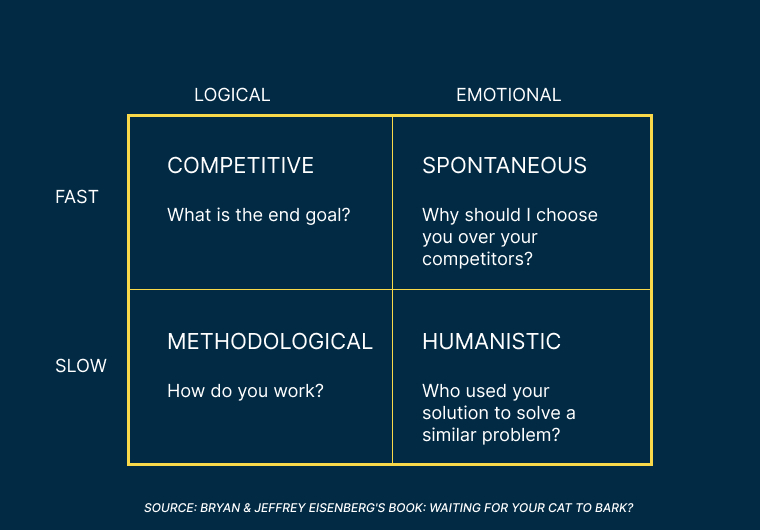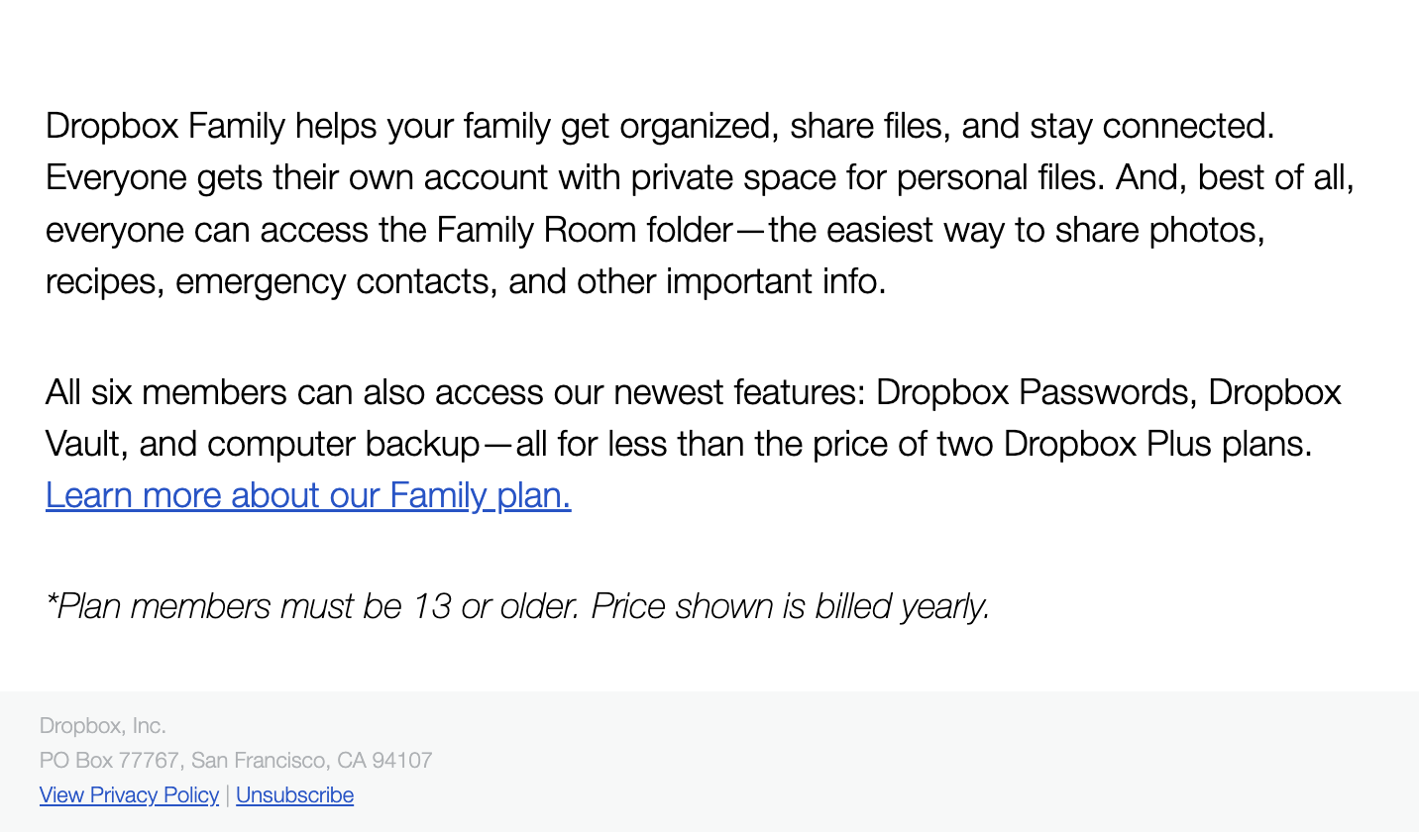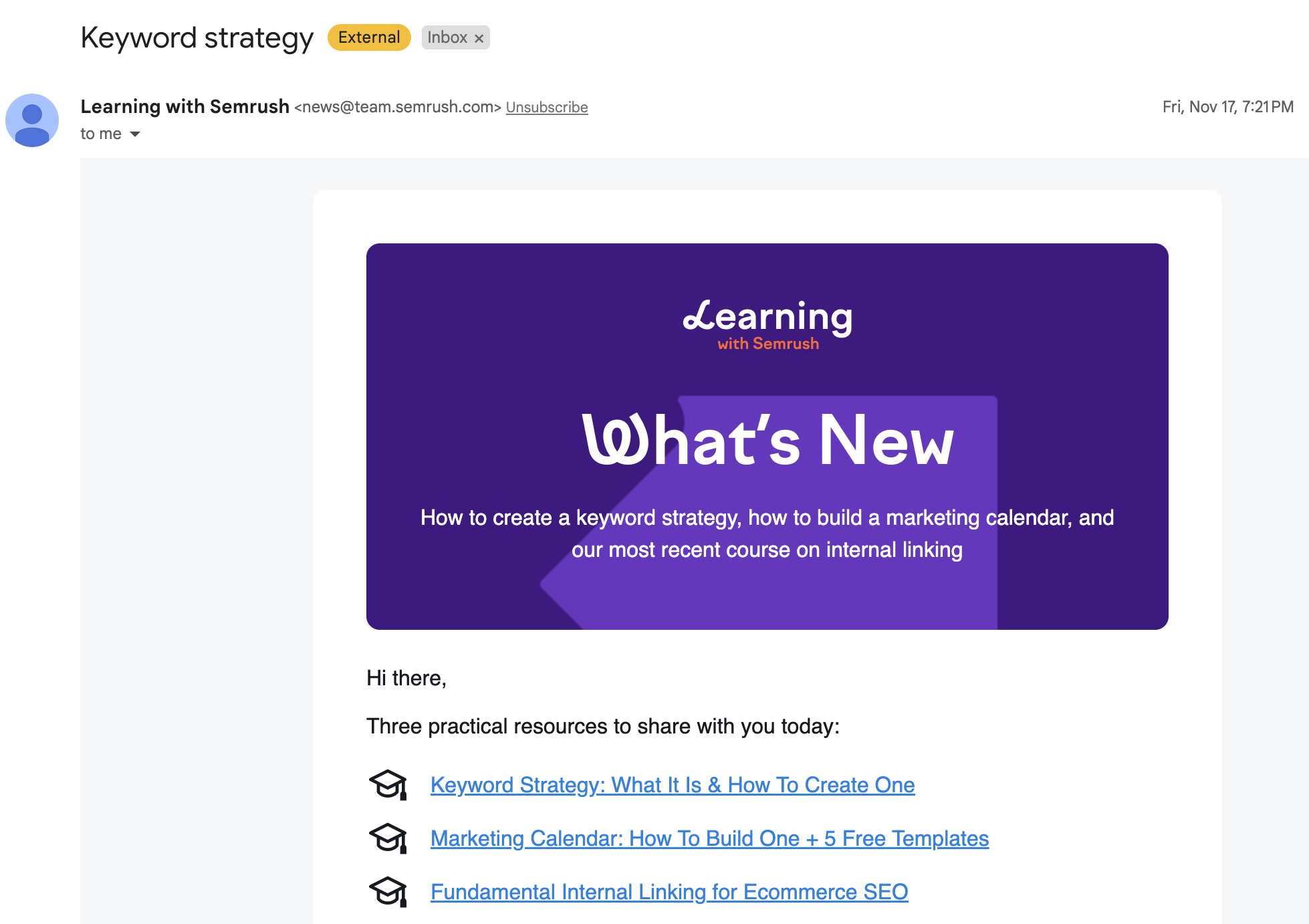
If you ask any marketer, the first thing they do is check emails. Emails continue to be the best and most effective communication channel for brands to connect with their target users. When done right, email marketing can change the course of the marketing flow. So, what is the right way to do email marketing? Practically speaking, there is no set rule, but most marketers will tell you the starting point is segmenting your audience. Here’s the catch: knowing your target audience and developing email marketing customer personas is the starting point.
Why Use Customer Personas in Email Marketing?
Customers prefer email-based communications from the brands they love and follow. This is one of the main reasons you should know what your target audience needs from you and when.
Customer persona helps create a replica of your ideal customer that fits your brand perfectly. When you know who can be your customers, you automatically tailor your marketing content to capture the attention of those like-minded users.
This stands true for email marketing as well. When you understand your users’ preferences, you can segment well. As a result, your emails will be more personalized and relevant.
Types of Email Marketing Customer Personas
There can never be only one type of audience. Holistically speaking, your target audiences will fall into four major types of email marketing customer personas.
-
Competitive
The competitive user wants to know the end goal immediately. They don’t want to wait to know what is at the other end of the tunnel. It is almost synonymous with the competitive spirit, where one is always racing ahead to the finish line.
-
Humanistic
A humanistic user wants verification before getting on board. They want to understand how your brand has solved a problem for someone with similar pain points. Users of this type of persona are more convinced by use cases and real customer stories.
-
Methodological
The Methodological persona is attributed to users who want details on how your brand functions and your USP features. It is like walking into those strict people who need to know everything and see everything working properly before buying it.
-
Spontaneous
A spontaneous user is a go-getter persona who wants immediate reasons as to why they should associate with your brand. Give them genuine and strong reasons, as these are impulsive clients who tend to make quick decisions and are the users to either cancel or convert first.
In this context, the persona is defined as a personality. It is different from the user traits or user behavior that customer data provides. Tailoring your email marketing campaigns based on customer persona means understanding the emotions of your target audience and revoking the same with your email campaigns.
How do You Create Customer Personas in Email Marketing?
To understand customer persona, you need customer data to help you analyze the personality trait that matches them. Customer data is of two types:
- Demographic data: Customer data like age, location, gender, income, employment status, marital status, and such information make up the demographic data. Usually, these data are available from your CRM, customer support team, and Google Analytics.
- Psychographic data: This customer data tells you about your users’ personalities. The psychographic data comprises lifestyle preferences, attitudes, values, interests, beliefs, religion, and social inclinations.
When you club demographic and psychographic data, you get a 360-degree picture of your users that helps you identify the marketing-sales stage, content requirements, and nurturing flow.
Google Analytics will give you ample insight into your target audience demographics like age, gender, location, and source. Your contact database is also an excellent source for behavioral data and personal details. Moreover, modern tools such as web scraping can help you get the data you need.
Once you have enough customer data, you can analyze it and bucket your customers according to their personas. Create an empathy map to determine your customers’ motivation, challenges, attitudes, and goals. Further, you segregate your audience of each persona into relevant segments for more tailored messaging.
How do You Create Tailored Email Messaging for Each Persona?
Each persona requires a different messaging approach and relevant design, colors, and CTA texts. To understand what kind of content to use and how long or short your email drip sequence should be, look at this persona grid first.
The humanistic and spontaneous personas are emotional persona types. If you can trigger positive emotions with your messaging, you can convert this persona faster. The methodological and competitive personas are the logical ones. You need to give valid reasons and facts to convince them.
Regarding the length of email sequences, the competitive and spontaneous are two personas that will convert faster. So, a short but impactful drip sequence can benefit you most. Similarly, the methodological and humanistic personas are slow to convert. The email drip series is expected to be a little longer and has a lot of information and nurturing.
Let’s look into how to create tailored messaging for each persona type with relevant examples.
-
Competitive Persona
Marketing stage: Consideration
What they expect in your email content: They are looking for factors that will explicitly tell them why you are better than your competitors. They are easy to convince with the right messaging. Include your USP, the value they will get with your brand, and how you will continue providing the value as they scale up with you.
End goal: The competitive customers often make for a very loyal set of customers. Since you convince them with facts, reasons, and examples, they bring in quality users through referrals if they like your product or services.
Example: Dropbox
The email directly addresses the value it will add for its users. The content is crisp, with an immediate CTA button redirecting users to buy the plan. As the user scrolls down, the email explains the Dropbox Family subscription’s meaning. It explains what the feature does and what else the members can access, giving absolute clarity.
-
Spontaneous Persona
Marketing stages: Consideration, Conversion
What they expect in your email content: Spontaneous users want confirmation that you can offer what they need immediately. They don’t like waiting time. This category of users is always on the move and is simple in its approach. Ensure your email addresses their pain points and offers solutions they can implement immediately. They don’t need hard facts. As long as you convince them your product is the right fit for them, they are happy to make a purchase.
End goal: To convince them and convert them. They only want to know how you can offer them a tailored experience. Design your content that highlights your product’s features that align with the primary pain points they are trying to solve. This also includes crafting the subject line that directly addresses the pain point.
Example: Udemy
Udemy gets its messaging right for users browsing their courses but hasn’t subscribed to one. The subject line creates instant urgency for interested users to avail of the discount on the course of their choice, triggering the chances of an instant conversion.
The email progresses to show relevant courses that match the browsing categories. For instance, for anyone looking up web design courses or design tool-specific purses, the email consists of course listings as follows:
-
Humanistic Persona
Marketing stages: Awareness, Consideration
What to include in your email content: Users with a humanistic approach want to see the human side of your brand. They are interested in your brand’s story, who the face of the brand is, what that person is like, and why you do what you do. The email content must show your empathy while discussing the user benefits. The more you humanize your brand through your emails, the better your chances of getting these users on board.
End goal: These users want to build a meaningful relationship with a brand they purchase from. Their emotional IQ is a lot higher than users of other categories. Consider humanizing your brand to see higher engagement rates.
Example: Dollar Shave Club
The email speaks the language of its users. Dollar Shave Club has classically turned a ‘boring’ product into an approachable, fun, and, most importantly, human brand. The email builds trust and credibility for the brand, eventually converting into brand loyalty.
-
Methodological Persona
Marketing stages: Awareness, Consideration
What they expect in your email content: Methodological users want to know every detail of your product. They believe in elaborate research before making a purchase. These users will browse your website, social channels, and customer testimonials and opt for random Google searches to gather information about your brand. Ensure your email offers details on your product, what you do, how you do, how you beat your competitors, what value you will be adding, and so on.
End goal: These users gather information on your brand and how you can benefit them. Give them logical reasons to associate with your brand. Create email campaigns that address common search queries, details on how you function, comparisons, and so on to help them make an informed decision.
Example: Semrush
Semrush runs a series of emails called Learning with Semrush. The emails go over learning resources to help users get familiar with the product and get an idea of what they can do. The email shares practical resources for the day that show how to use the product in real-time. This, in turn, also shows how easy it is to use the tool. As you scroll down, Semrush also offers resources like blogs to read and academic courses that are relevant to that email. The best part is it adds a meme of the day at the end with a direct option to follow their social channel from the email itself.
Email Marketing: Do’s and Don’t’s
-
Focus on Subject Lines
Make sure your subject line aligns with your email content. The subject line’s tone and delivery will be unique for each persona. Focus on creating subject lines that trigger the right kind of emotion for your users.
-
Optimize for Mobiles
This is a given. Optimize your emails for all device types to smooth user experience across all channels and devices. If you are ignoring mobile and tablets, you might lose out on a huge chunk of users.
-
Stay Relevant
Relevancy is your key. Irrelevant emails get deleted or (even worse) marked spam. Ensure you create relevant segments to deliver the right kind of messaging. Keep a tab where users are moved from one segment to another based on their activities (this should happen automatically) to send relevant emails.
-
Don’t Buy Mailing Lists
Buying email lists is equivalent to sending unsolicited emails; no one likes that. Sending out emails to subscribers who did not engage with your brand will leave a bad taste for your brand.
-
Don’t Write Long Emails (Unless Necessary)
If you write long emails that go on for over two folds (two scrolls), users may lose interest unless you offer some irresistible exclusive vouchers. Use memes to bolster engagement.
-
Avoid Multiple CTAs in an Email
It is ideal to have one bold CTA in one email. If you add multiple CTAs with different texts and redirect to different landing pages, you just frustrate your users.
Conclusion
Email marketing largely depends on the kind of users you are targeting. Your email marketing campaigns will drive results as long as you understand your users and create emails that speak their language. Keep it simple and human.






